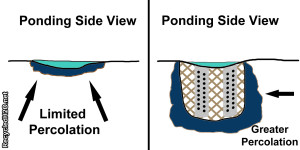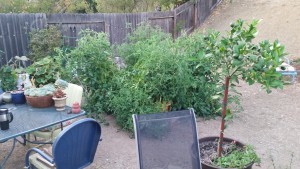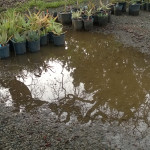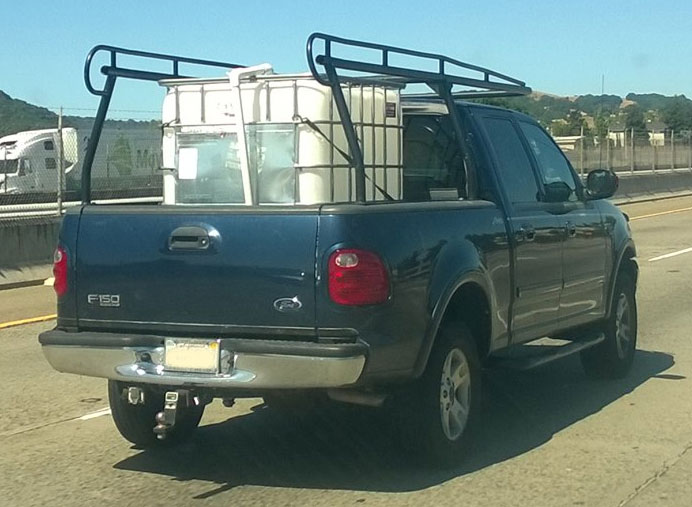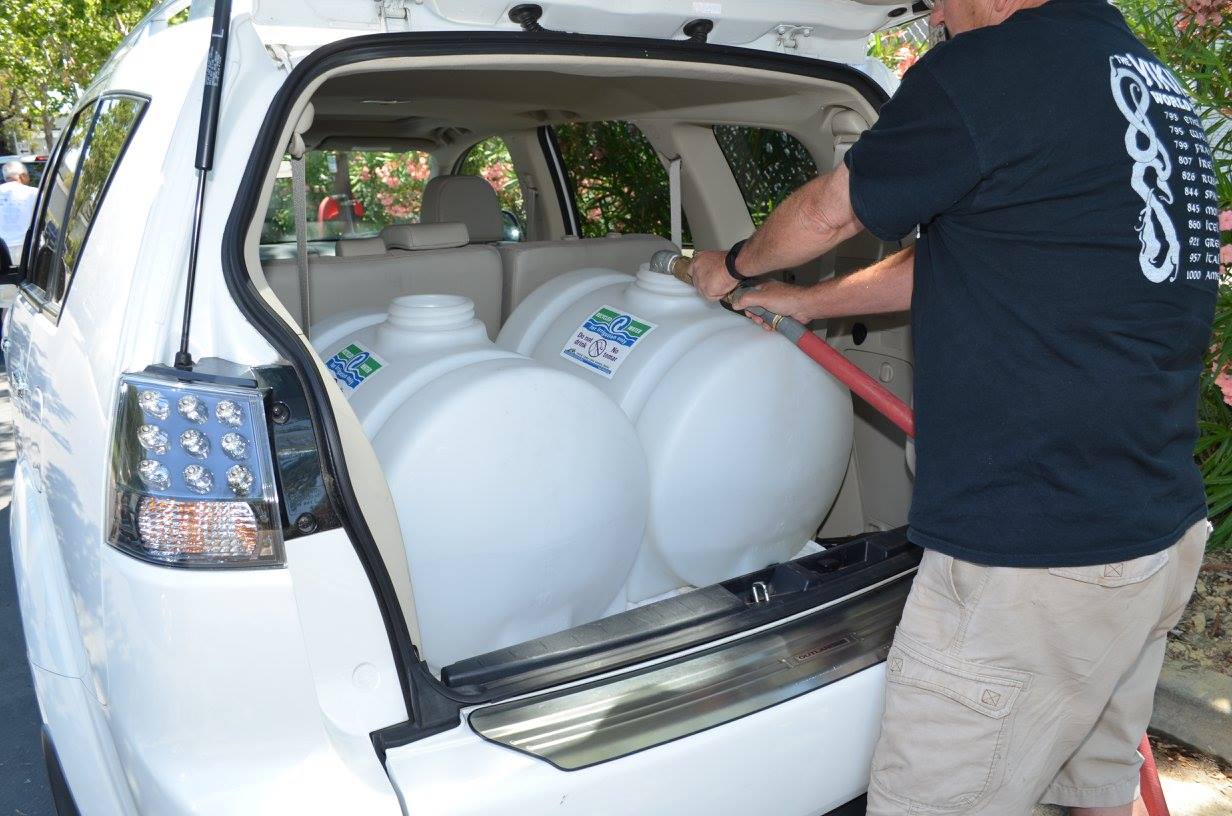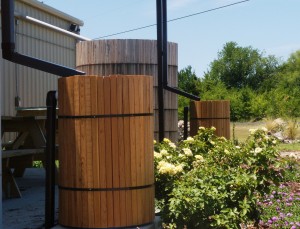
Water storage in Texas.
California usually sets the stage for policy when it comes to environmental issues. When it comes to rainwater harvesting, we are far behind. As we face this drought to drench, we should have the drive and motivation to capture as much rain was we can. Even with reservoirs rising 391 billion gallons after a storm, we’re still short of average for this time of year.
Many call for building more dams or raising their levels to store more water – but all of that comes at a price and an environmental impact.
To put things into perspective, think of this call-to-action as de ja vu. Back when installing photo-voltaic panels (solar panels) on homeowners roof’s was something deemed unworthy has now turned into a economic boom for the state. Nearly every neighborhood has dozens of homes covered in panels. Those power generation stations were funded with tax rebates. Rainwater harvesting should be no different.

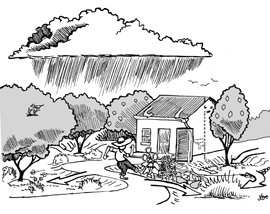
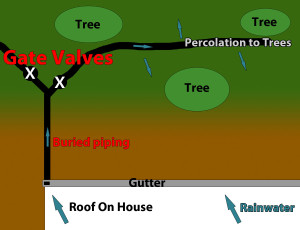
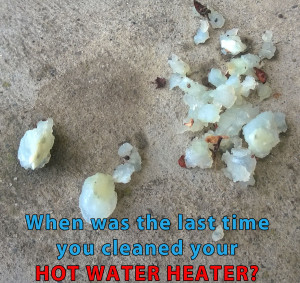
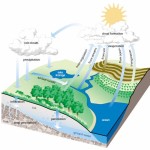
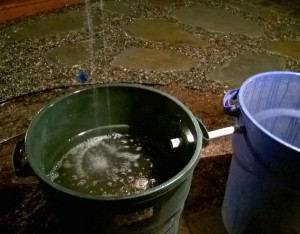 Capturing rainwater is easy to do. All you need is rain and a bucket. Capturing rainwater for re-use in the yard becomes helpful when using large containers and rain gutters from your roof. A 1,000 square foot roof will capture about 625 gallons of water when an inch of rain falls. For a 1/4″ to 1/2″ rain storm, those totals can quickly add up to 150-300 gallons of water, significantly more than my rain barrels hold.
Capturing rainwater is easy to do. All you need is rain and a bucket. Capturing rainwater for re-use in the yard becomes helpful when using large containers and rain gutters from your roof. A 1,000 square foot roof will capture about 625 gallons of water when an inch of rain falls. For a 1/4″ to 1/2″ rain storm, those totals can quickly add up to 150-300 gallons of water, significantly more than my rain barrels hold.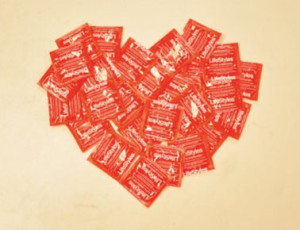 Nobody wants to talk about condoms, but everyone wants to talk about sex.
Nobody wants to talk about condoms, but everyone wants to talk about sex.